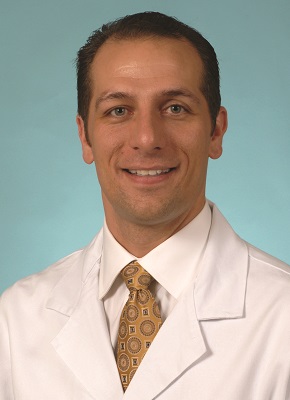EMMI helps assess uterine contractions to aid in preventing preterm deliveries
Dr. Phillip Cuculich, Cardiovascular Division at Washington University School of Medicine in St. Louis, shared new findings that were published in Nature Communication. The group of doctors led by Dr. Yong Wang, published the “first-in-woman” study blending the disciplines of cardiac electrophysiology and obstetrics. Ten years ago, working with Dr. Alison Cahill (OB), Yong & Dr. Cuculich invented a way to perform noninvasive mapping of the electrical signals of a uterus during pregnancy, called ElectroMyoMetrial Imaging (EMMI).

“The heart is triggered to beat with electricity. The uterus is also triggered to squeeze with electricity. If we can see the electrical signal of the uterus like we can map the electrical signals of the heart, maybe we can develop new treatments for preterm labor and maturity.”
Phillip S. Cuculich, MD, Professor of Medicine
To execute this study, Dr. Wang brought together members from various WashU communities: OB/Reproductive Health Sciences, Biomedical Engineering, Physics, Electrical & Systems Engineering, Radiology, Pediatrics, and Cardiology/EP. They showed that the human EMMI system can provide detailed 3D images and quantification of uterine contractions as well as novel insights into the role of human uterine maturation during labor progression. The ultimate hope is to use EP mapping of contractions to prevent preterm labor, a leading cause of childhood morbidity & mortality.
The findings reports it’s first use in ten women throughout various stages of pregnancy. It’s a fascinating account of using cardiac arrhythmia mapping principles applied to an entirely different field of medicine, invented her at WashU. Learn more about the study.
You can find the NIH published press release about this finding here.
This work was initially funded by a program grant from the March of Dimes to WashU, and is now continued with funding from NID, Burroughs Wellcome Fund, and the Bill & Melinda Gates Foundation.